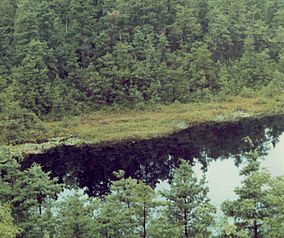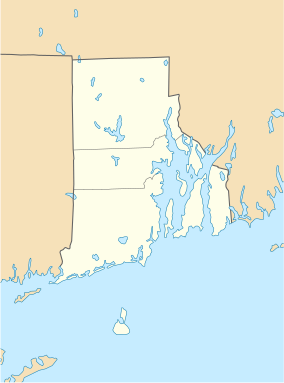
Tallgrass Prairie National Preserve is a United States National Preserve located in the Flint Hills region of Kansas, north of Strong City. The preserve protects a nationally significant example of the once vast tallgrass prairie ecosystem. Of the 400,000 square miles (1,000,000 km2) of tallgrass prairie that once covered the North American continent, less than 5% remains, primarily in the Flint Hills. Since 2009, the preserve has been home to the Tallgrass Prairie bison herd.

The Columbus and Franklin County Metro Parks are a group of 20 metropolitan parks in and around Columbus, Ohio. They are officially organized into the Columbus and Franklin County Metropolitan Park District. The Metro Parks system was organized in 1945 under Ohio Revised Code Section 1545 as a separate political division of the state of Ohio. The Metro Parks are overseen by a Board of Park Commissioners consisting of three citizens appointed to three-year terms without compensation by the Judge of the Probate Court of Franklin County, Ohio. The Board in turn appoints an Executive Director responsible for operations and management of the parks.

Sandy Island Beach State Park is a New York State park on the eastern shore of Lake Ontario. Its highlight is a 1,500-foot (460 m) natural sandy beach. The park is near the southern end of a notable 17-mile (27 km) length of sandy shoreline, coastal dunes, and wetlands ; a 1959 study noted that "The eastern end of Lake Ontario contains not only the finest beaches on the entire lake but also the finest wildlife habitat."
Beechwood Farms Nature Reserve is a 134-acre (0.5 km2) protected area for flora, fauna, and wildlife in Fox Chapel, Pennsylvania, a Pittsburgh suburb. The site has served as the headquarters of the Audubon Society of Western Pennsylvania (ASWP) since 1977.
Mark's and Jack's Island Natural Area Preserve is a 2,000-acre (8.1 km2) Natural Area Preserve located in Accomack County, Virginia. The preserve supports Chesapeake Bay beach habitat, as well as various types of marsh, shrub, and forest vegetation. Many species of birds can be found in the preserve's wetlands, and numerous plant species live in the marsh, including marsh-elder. Loblolly pine and black cherry may be seen along the tops of some old dunes. The beaches provide a home for the northeastern beach tiger beetle.

Black Pond Wildlife Management Area is a 526-acre (213 ha) New York State Wildlife Management Area (WMA) that lies on the eastern shore of Lake Ontario, and at the northern limit of an unusual region of sandy barrier beaches and lagoons. Much of the barrier beach in Black Pond WMA has forested sand dunes that are about 60 feet (18 m) high; these are the highest sand dunes in the northeast United States excepting Cape Cod. Immediately north of the WMA is the 360-acre (150 ha) El Dorado Beach Preserve, which is a bird refuge owned by The Nature Conservancy. North of the outlet from Black Pond to Lake Ontario, the shoreline is a weathered, flat bedrock shelf that is "calcareous" instead of sandy.
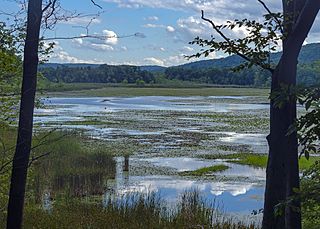
Thompson Pond in Pine Plains, New York is a 75-acre (30 ha) 15,000-year-old glacial kettle pond at the foot of 1,403-foot (428 m) Stissing Mountain. It is the source of Wappinger Creek, a tributary of the Hudson River that drains much of Dutchess County.
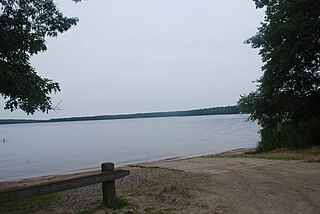
Burlingame State Park is a public recreation area located in the town of Charlestown, Rhode Island. The state park's 3,100 acres (1,300 ha) offer camping, hiking, and water activities on Watchaug Pond. The park's campground abuts the Burlingame Management Area and Kimball Wildlife Sanctuary.

Trustom Pond is a closed lagoon in South Kingstown, Washington County, Rhode Island, United States. It is one of nine coastal lagoons in southern Rhode Island. It has a surface area of 800 acres (320 ha), and is the only undeveloped salt pond in the state. The pond averages 1.3 feet (0.40 m) deep, and has a salinity level of 5 parts per thousand. It is non-tidal, except when breached by storms. The water directly receives about 219,844,022 US gallons (832,200 m3) of precipitation per year, with an estimated 796,215 US gallons (3,014 m3) in daily groundwater flow. No streams flow into the pond, though a nearby stream "captures water that otherwise would have flowed to Trustom Pond".

Maschaug Pond is a coastal lagoon in Westerly, Washington County, Rhode Island, United States. Located at 41°19′07″N71°49′51″W, it is one of nine such lagoons in southern Rhode Island. A "small, brackish pond", it is not permanently connected to the Block Island Sound, and is largely bordered by the Misquamicut Club golf course. Nests of the piping plover, which has been federally designated as a threatened species, have been documented within the watershed.
Cards Pond, or Card Pond, is a coastal lagoon in South Kingstown, Washington County, Rhode Island, United States.
The John H. Chafee National Wildlife Refuge is a national wildlife refuge of the United States, located along the Narrow River on the southern coast of Rhode Island.

The Audubon Kern River Preserve is a riparian nature reserve owned by the National Audubon Society in the US state of California, near Weldon in Kern County.

The Connecticut Audubon Society, founded in 1898 and headquartered in Fairfield, Connecticut, is a nonprofit organization dedicated to "conserving Connecticut’s environment through science-based education and advocacy focused on the state’s bird populations and habitats." Connecticut Audubon Society is independent of the National Audubon Society (NAS), just as in the neighboring state of Massachusetts, where Massachusetts Audubon Society is independent of the NAS.
Sandy Point Island is a 35-acre (14 ha) island in Little Narragansett Bay, lying mostly in Westerly, Rhode Island and partly in Stonington, Connecticut. Once an extension of Napatree Point, Sandy Point is now a one-mile-long (1.6 km) island that serves as an important nature preserve and recreation site. Sandy Point is the westernmost piece of land in the state of Rhode Island.

Quicksand Pond is a pond in Little Compton, Rhode Island.

The Narragansett Trail is a 16-mile (26 km) hiking trail in Connecticut and is one of the Blue-Blazed Trails, maintained by the Connecticut Forest and Park Association and the Narragansett Council, and The Rhode Island chapter of the Boy Scouts of America.

Audubon Sharon, which consists of the Sharon Audubon Center and the Emily Winthrop Miles Wildlife Sanctuary, is a wildlife sanctuary of the National Audubon Society in Sharon, Connecticut. The 1,147 acres (464 ha) of the Sharon Audubon Center property is primarily forest land with two ponds with 11 miles (18 km) of trails for visitors to use. Its facilities include a raptor aviary, an herb garden, a garden to attract bird and butterflies, a sugar house, a memorial room to Hal Borland, a small museum and store. Sharon Audubon Center is located at 325 Cornwall Bridge Road.
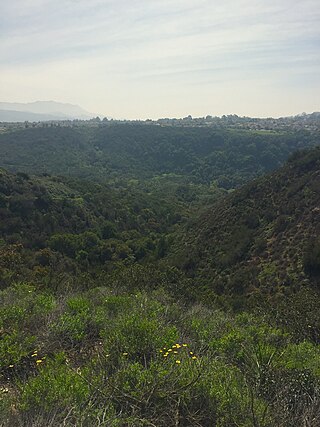
Arroyo Conejo Open Space is a 302-acre (122 ha) open space reserve in the western Simi Hills in northern Newbury Park, Ventura County, California. Most of it is part of the 250-acre (100 ha) Arroyo Conejo Nature Preserve.
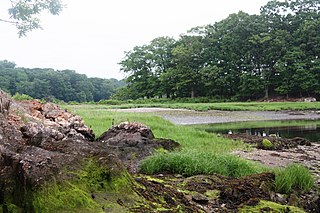
Marshlands Conservancy is a 147-acre nature preserve in the city of Rye, New York, that is fully owned and operated by Westchester County Parks. It has numerous wildlife habitats from ponds to creeks to a large meadow area, succession forest, freshwater wetlands and the only extensive salt marsh in Westchester. It borders Long Island Sound and can be entered via an easement on the historic Boston Post Road. It is one of 5 properties that together constitute the Boston Post Road Historic District. It has high archaeological sensitivity. The conservancy has also been designated an Important Bird Area.
